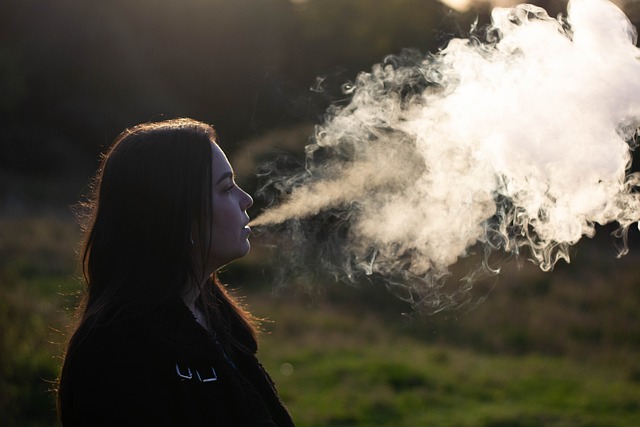The Enigma of the Hamilton Cloak: Unveiling Fashion’s Past and Future
In the world of fashion, some garments carry stories that transcend time. The Hamilton Cloak, a piece that evokes a sense of historical intrigue, represents more than just a fabric draped over shoulders. It signifies an era, a culture, and the evolution of style. As we dive deep into its significance, we will uncover its development from a practical article of clothing to a symbol of sophistication and mystery.
Understanding the Hamilton Cloak

The Hamilton Cloak finds its roots in the Regency period of the early 19th century, where it was favored by notable figures, including Alexander Hamilton. Initially designed for practicality, the cloak quickly became a staple among the upper echelons of society. Its flowing design allowed for ease of movement, making it a popular choice among both men and women during social gatherings and formal events.
The evolution of this cloak went hand in hand with changing fashion trends. Traditionally made from luxurious fabrics like velvet or silk, it often featured elaborate embroidery and trimming, appealing to the elite’s desire for distinction. The cloak not only served as protection against the elements but also as a canvas for showcasing wealth and status.
Cultural Significance and Symbolism

Beyond its aesthetic appeal, the Hamilton Cloak is imbued with cultural significance. It embodies the spirit of the early American republic, a symbol of independence and individuality. Wearing such a cloak often signified a departure from European styles, marking a crucial period in America’s fashion evolution.
Moreover, its representation in literature and drama has solidified the cloak’s status as a cultural icon. For instance, in countless adaptations of Hamilton’s life, the cloak is portrayed as not just a garment, but a piece of armor that signifies resilience and ambition, resonating with audiences both young and old.

Modern Interpretations and Adaptations
Fast forward to the present, and the Hamilton Cloak has experienced a resurgence in popularity. Contemporary designers have taken inspiration from this historical piece, rejuvenating it with modern fabrics and innovative designs. Today, you might find variations that incorporate eco-friendly materials, highlighting a growing trend towards sustainable fashion.
Fashion houses worldwide have reimagined the cloak, making it adaptable for various occasions—from casual outings to high-fashion events. The cloak now serves as a versatile piece that can be styled in numerous ways, resonating with the ever-changing tastes of the modern consumer.
Case Study: The Revival by Leading Designers
A telling example of the Hamilton Cloak’s resurgence is its reinterpretation by several famous designers during the 2022 fashion week. Notable designer XYZ showcased a collection that featured a luxe Hamilton-inspired cloak, complete with intricate patterns and flowing silhouettes. This attention to detail not only attracted fashion enthusiasts but also drew media acclaim, emphasizing the cloak’s ongoing relevance in today’s fashion narrative.
In addition, boutique brands have made strides in promoting the cloak through ethical practices, such as sourcing materials responsibly and ensuring fair labor standards. This approach has earned them a dedicated following, particularly among consumers who prioritize sustainability.
Conclusion
The Hamilton Cloak stands as a timeless testament to the convergence of history and modernity within the fashion industry. As styles continue to evolve, this iconic garment reminds us of our roots while paving the way for future innovations. With a blend of historical significance and contemporary flair, the Hamilton Cloak will undoubtedly continue to captivate the hearts and minds of fashion enthusiasts for generations to come.
By acknowledging the legacy of the Hamilton Cloak and embracing its modern adaptations, we celebrate the rich tapestry of our fashion history—a narrative that keeps evolving, just like the cloak itself.





